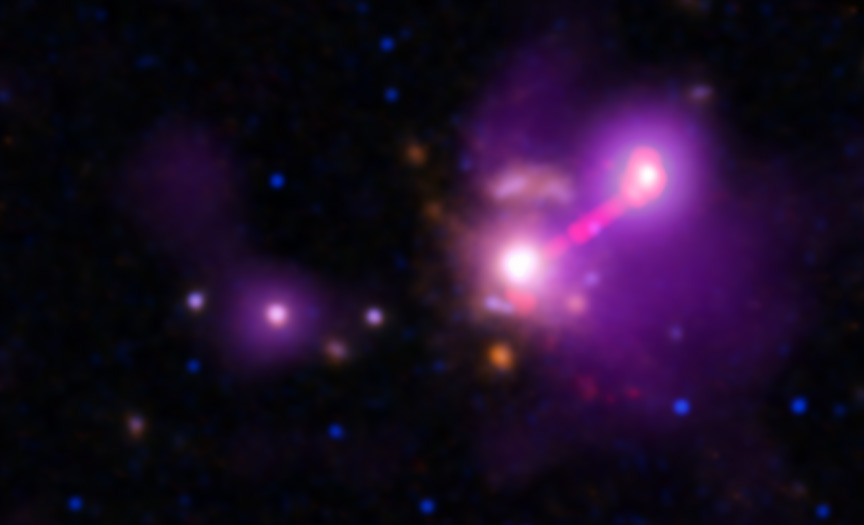Peering into the deep universe is like peering back through time. Distant galaxies appear as they did two to three billion years ago, and now, astronomers have detected heavier elements like nickel in “teenage” galaxies that existed within three billion years after the Big Bang.
These distant galaxies are all part of the ongoing conundrum that is our glimpse at the early universe. While researchers have tried to use the observations of these ancient galaxies to learn more about the universe’s evolution, they just keep finding more questions for themselves.
According to new observations led by a Northwestern University-led team of astrophysicists, data from the James Webb space telescope has revealed surprisingly high amounts of nickel in early “teenage” galaxies that existed two to three billion years after the Big Bang. On top of containing heavier elements, they appear to have been much hotter than expected.
The researchers looked at 33 distant galaxies across a continuous 30-hour period. The astronomers then combined wavelengths of light collected from 23 of the galaxies to create an intriguing composite picture that showcases the various average temperatures and elements that they believe could call those galaxies home.
Among the heavier elements found within the composite, astronomers believe these “teenage” galaxies were rich in nickel, an element that is rarely observed in any galaxies, including older, nearby galaxies. Additionally, astronomers say that these levels are still so high, even after multiple rounds of supernovas throughout the galaxies.
A paper on the discovery is available in the journal The Astrophysical Journal Letters, and it details the observations that the team made, as well as how they came to their conclusions. The composite also showed traces of hydrogen, helium, nitrogen, oxygen, silicon, sulfur, and argon. These lighter elements were expected, but astronomers say they were stunned to find nickel in such high quantities in these “teenage” galaxies.
Denial of responsibility! My Droll is an automatic aggregator of Global media. In each content, the hyperlink to the primary source is specified. All trademarks belong to their rightful owners, and all materials to their authors. For any complaint, please reach us at – [email protected]. We will take necessary action within 24 hours.


